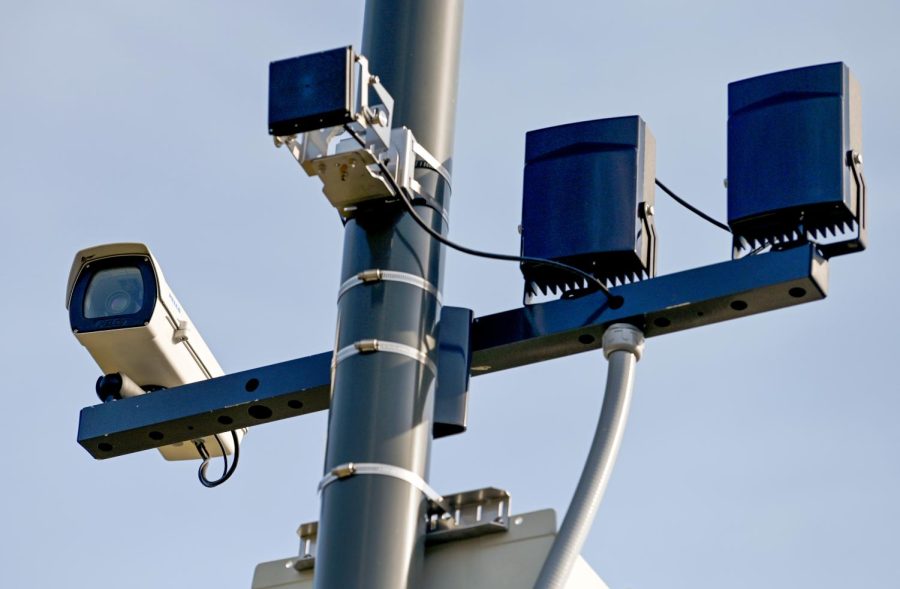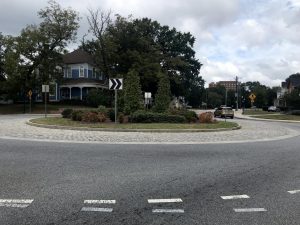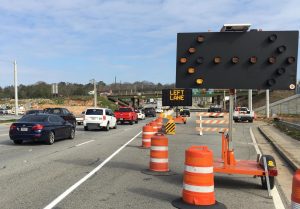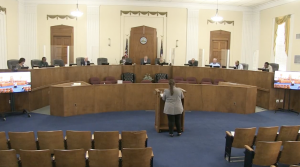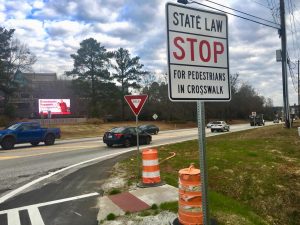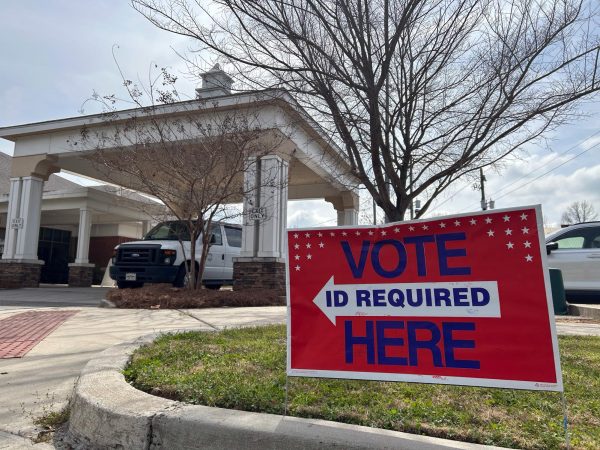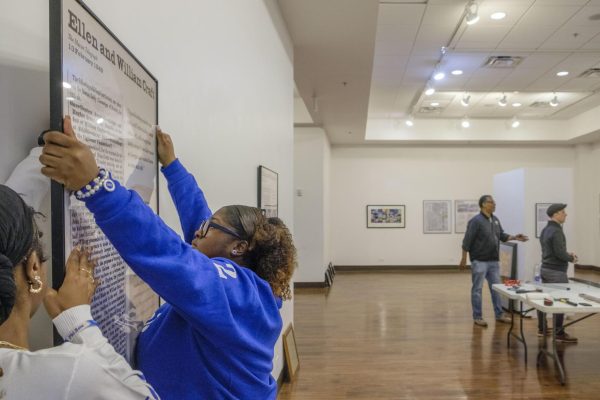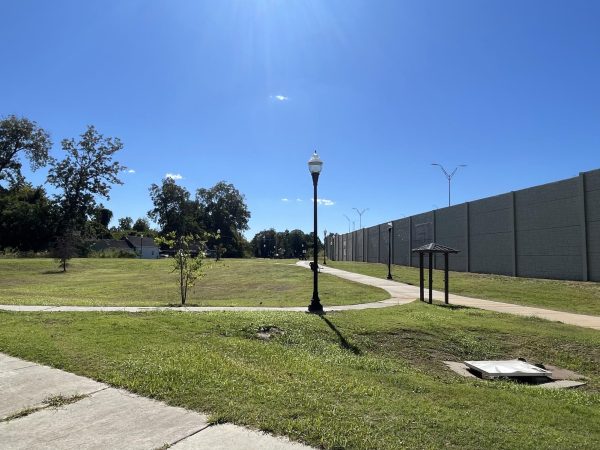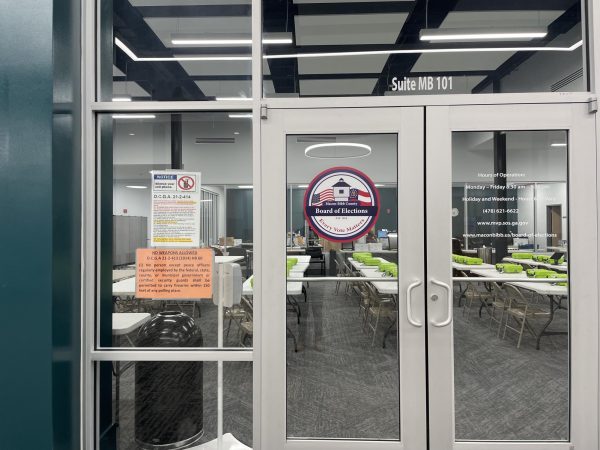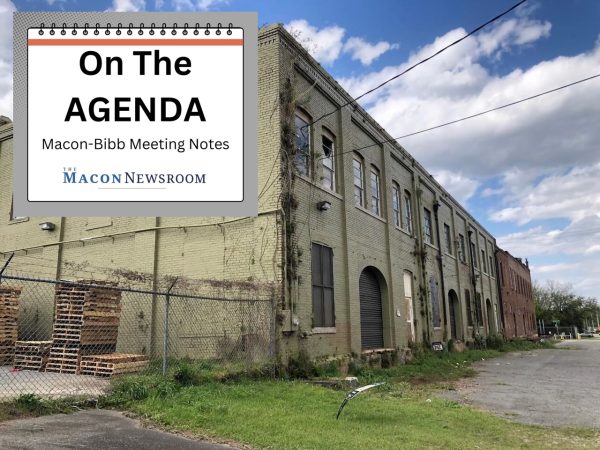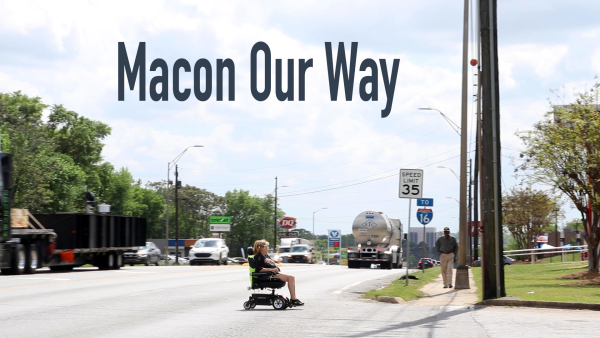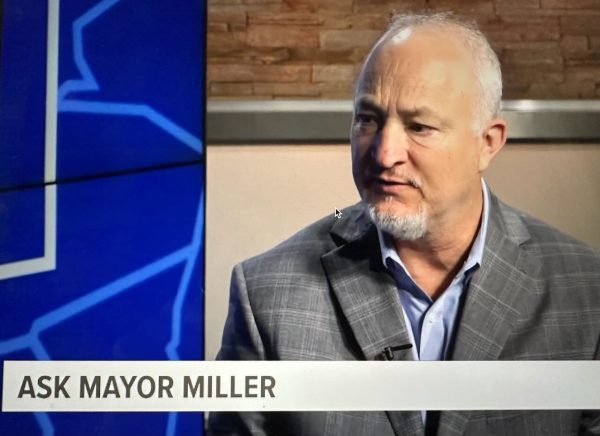New automated traffic cameras catch thousands speeding in Bibb school zones
A new automated traffic camera outside Rutland Middle School on Skipper Road in South Bibb County.
New traffic surveillance cameras outside some Bibb Schools means you could get a speeding citation without ever seeing blue lights.
Bibb installed three automated school zone speed cameras in the late spring with plans to install more in the coming months.
In the final two weeks of school, more than 2,000 citations were issued and more than 5,000 received warning letters in the mail.
The first camera was installed in mid April on Anthony Road near Ballard-Hudson Middle School. Two more were installed later that month on Heath Road near Weaver Middle School and Westside High School.
Nearby signs warn motorists of digital surveillance from automated school zone speed cameras. Machinery atop a tall concrete pole also includes a radar to clock the speed of each passing car and a license plate reader to record the tag number.
Owners of vehicles recorded traveling 10 mph or more over the posted school zone speed limit during specified hours will receive a traffic ticket in the mail in a couple of weeks from Optotraffic LLC, a Maryland-based company that sells photo enforcement technology for the public safety sector.
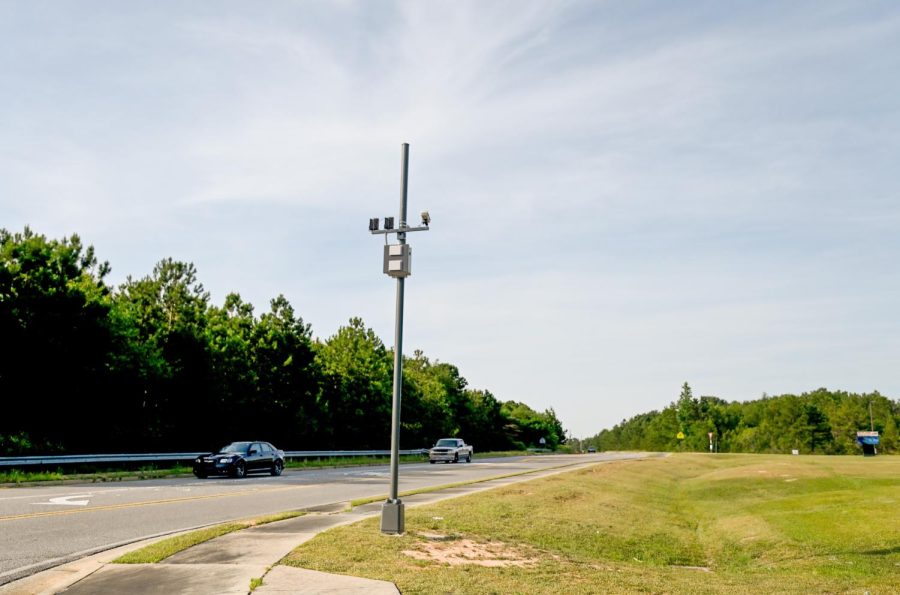
Over the month and a half students were in class before summer break, those three cameras captured more than 7,500 instances of vehicles speeding by during enforceable school zone hours, Bibb County Sheriff’s Maj. Brad Wolfe said.
“It’s more than I expected,” Wolfe said. “I’m kind of shocked, really.”
The first 30 days the cameras were live was a sort of grace period. Warnings were mailed to 5,609 speeding motorists, Wolfe said, and most of the drivers were locals.
First time violators are fined $100 and subsequent citations are $150. Tickets may be paid online.
Optotraffic gets $25 for each paid citation. The rest goes into the county’s public safety fund over which the sheriff has discretion. The 2,013 citations – assuming all were first-time violators – means the county gets $150,075.
The process works like this: The sheriff’s office reviews what the automated cameras flag as traffic citations. Wolfe said he matches the tag number, checks registration and can usually process 100 cases in about 5 minutes.
If a violation is confirmed, Wolfe approves it and sends it back to Optotraffic, which mails the citation to the motorist.
If the ticket is contested, the case will be handled by the county attorney’s office in municipal court. If the ticket is sent to collections, Optotraffic gets $10. County Spokesman Chris Floore said so far attorneys have not been sent any contested tickets.
Wolfe said the technology has been a useful tool for the sheriff’s office.
“It helps us that our traffic guys don’t have to try to be in a school zone every morning when there’s, you know, not enough traffic guys to cover all the school zones,” he said. “It’s similar to having officers in every school.”
Even so, Wolfe said more sheriff’s office employees will likely be needed to help review the voluminous number of potential violations as the addition of six more cameras is likely to result in an increased load.
Automated traffic cameras are set to be installed at Central, Howard, Northeast, Southwest and Rutland high schools and Miller Middle School, according to the resolution approved by the county commission in February 2021. The resolution states this is phase one and more installations are to come.
Editor’s note: An earlier version of this story incorrectly identified Maj. Brad Wolfe’s rank and the dollar amounts for citations.
To contact Civic Journalism Fellow Laura Corley, call 478-301-5777 or email Corley_le@mercer.edu.



